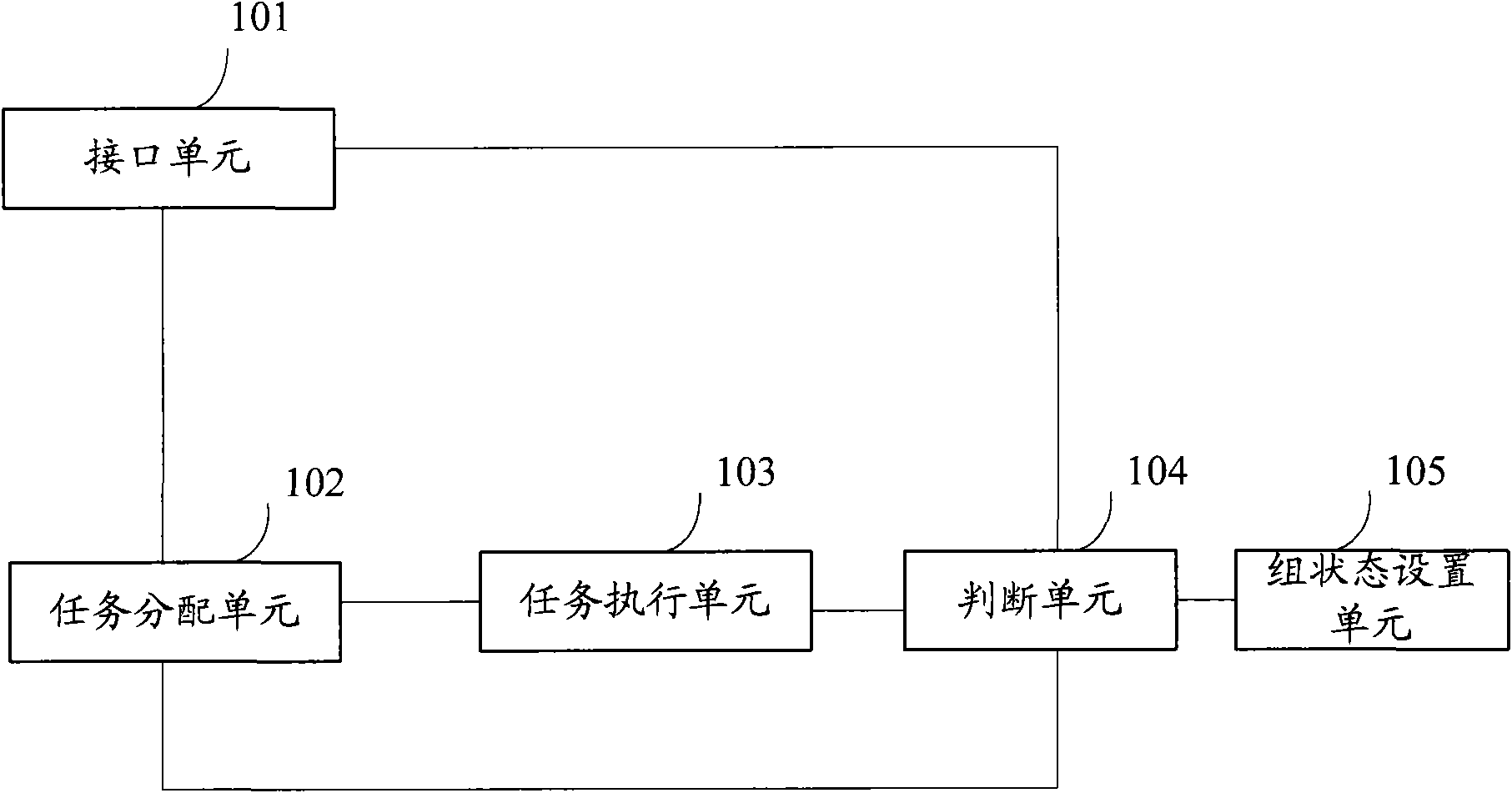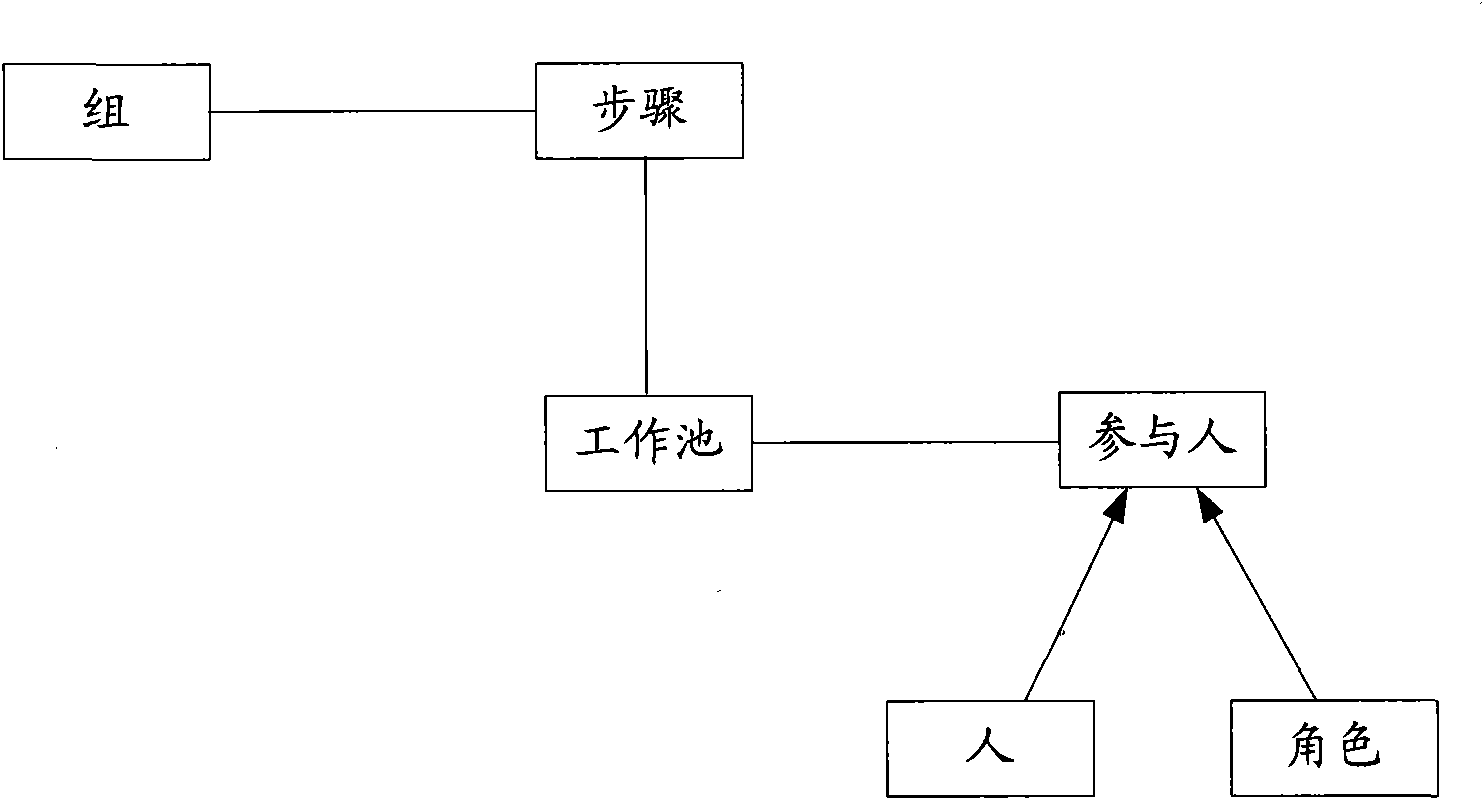Workflow system and method thereof for realizing tasks in flow operating period
A workflow and task technology, applied in the direction of instruments, data processing applications, resources, etc., can solve the problems of process engine structure and logic redundancy, reduce engine reusability and scalability, confusion, etc., to ensure stability, The effect of improving reusability and scalability
- Summary
- Abstract
- Description
- Claims
- Application Information
AI Technical Summary
Problems solved by technology
Method used
Image
Examples
Embodiment Construction
[0058] In order to enable those skilled in the art to better understand the solutions of the embodiments of the present invention, the embodiments of the present invention will be further described in detail below in conjunction with the drawings and implementations.
[0059] Such as figure 1 Shown is a schematic structural diagram of the workflow system of the embodiment of the present invention.
[0060] In this embodiment, the system includes:
[0061] The interface unit 101 is used to obtain the mapping relationship between participants and tasks, the mapping relationship includes: groups, steps, work pools and participants, and the groups are independent decision-making units;
[0062] A task assignment unit 102, configured to assign tasks to participants according to the mapping relationship;
[0063]a task execution unit 103, configured to execute the task;
[0064] The judging unit 104 is configured to determine whether a next task needs to be created according to t...
PUM
 Login to View More
Login to View More Abstract
Description
Claims
Application Information
 Login to View More
Login to View More - R&D
- Intellectual Property
- Life Sciences
- Materials
- Tech Scout
- Unparalleled Data Quality
- Higher Quality Content
- 60% Fewer Hallucinations
Browse by: Latest US Patents, China's latest patents, Technical Efficacy Thesaurus, Application Domain, Technology Topic, Popular Technical Reports.
© 2025 PatSnap. All rights reserved.Legal|Privacy policy|Modern Slavery Act Transparency Statement|Sitemap|About US| Contact US: help@patsnap.com



